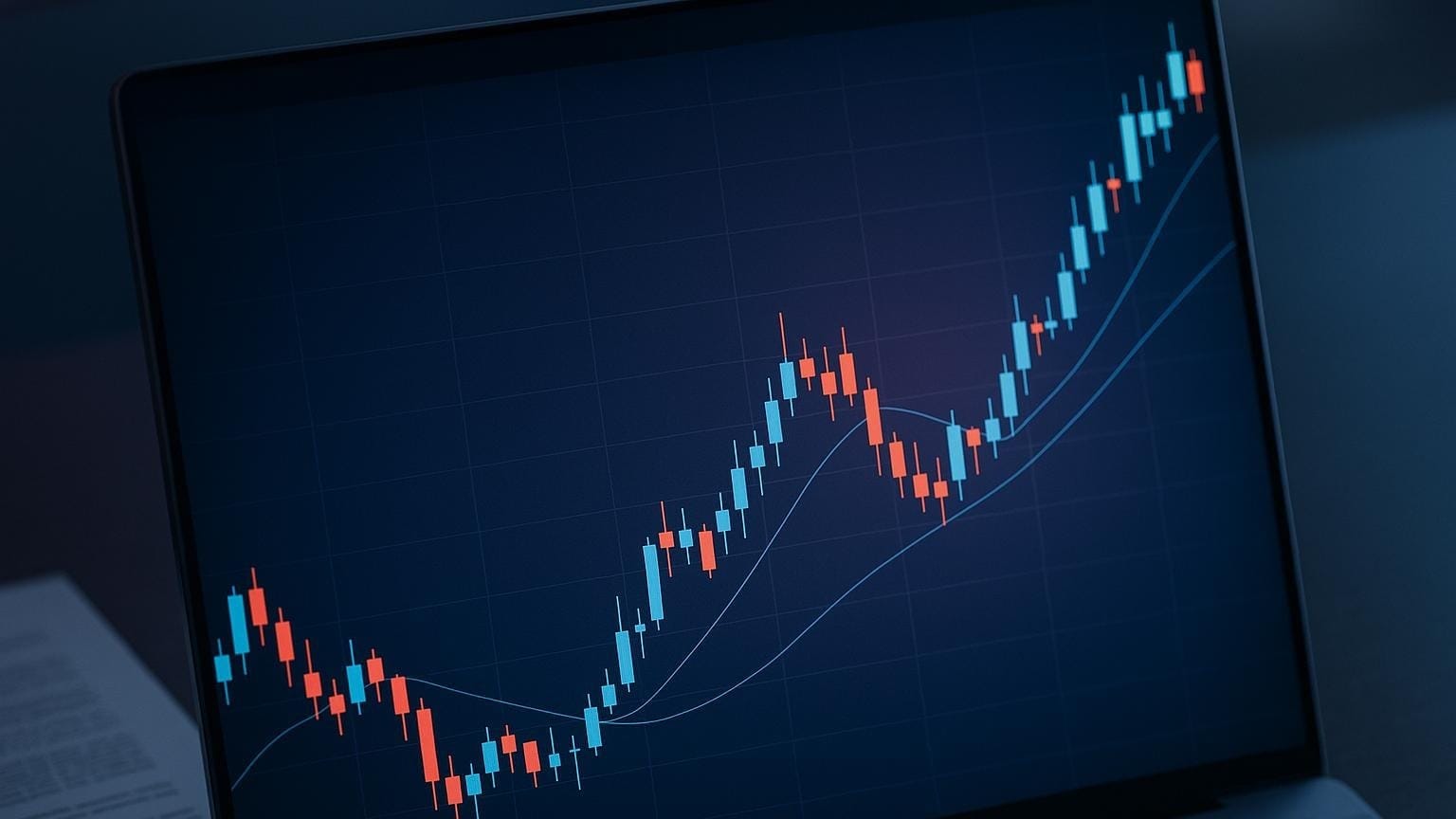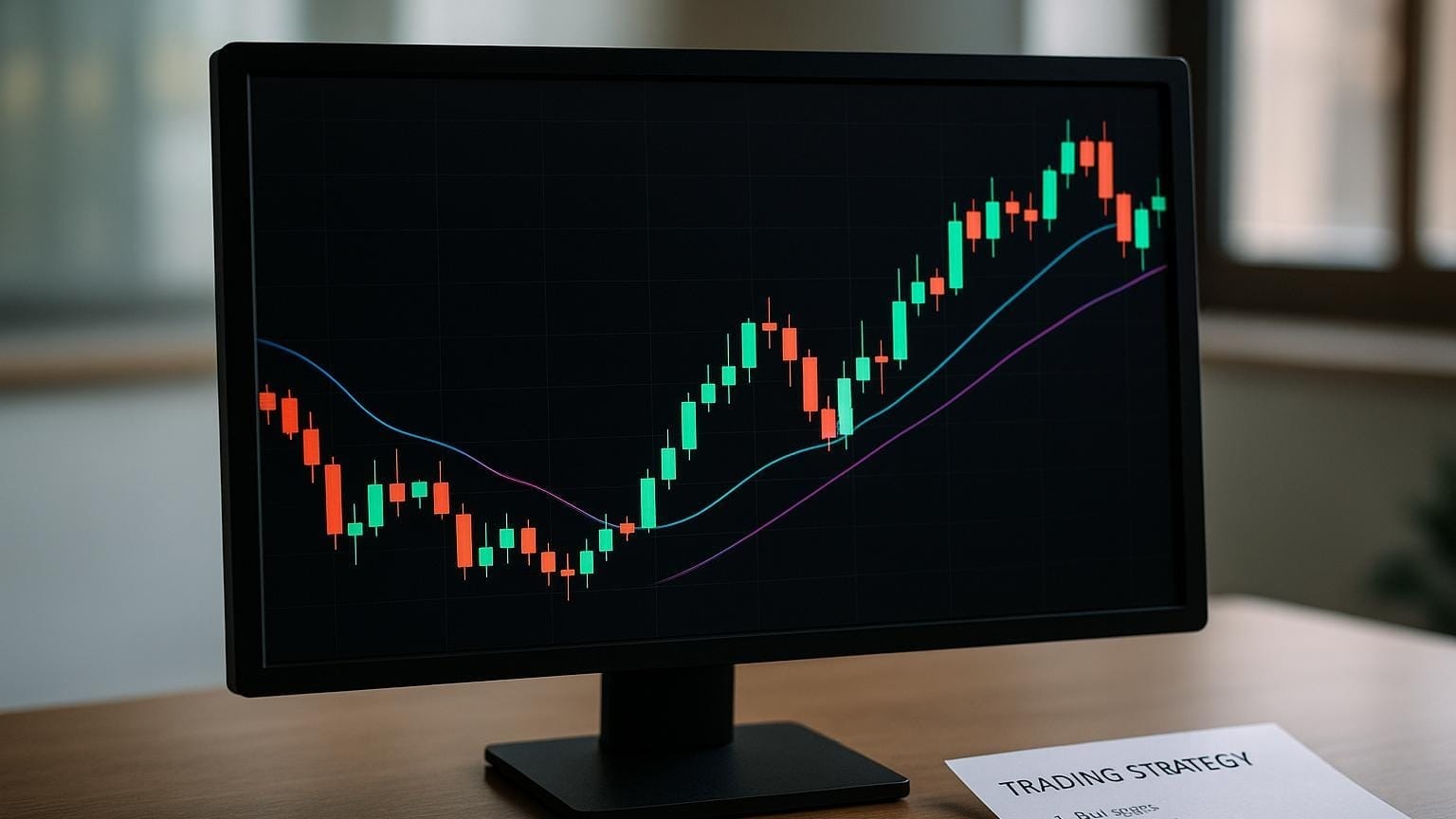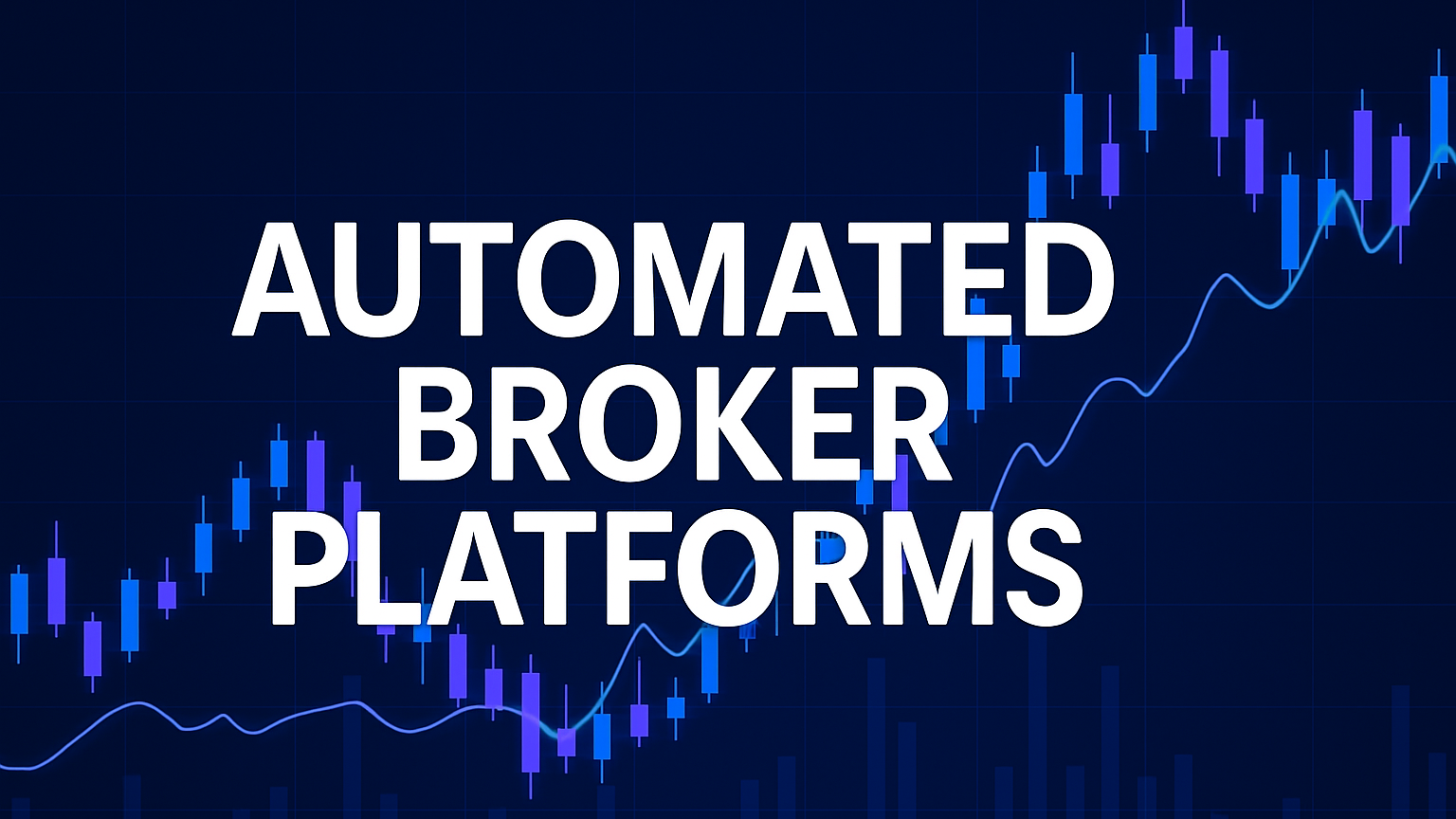Explore how reinforcement learning transforms market simulations by enabling adaptive trading strategies that respond in real-time to market dynamics.
Reinforcement Learning (RL) is changing how financial markets are simulated. Unlike static systems, RL enables trading agents to learn and adjust strategies in real time, responding effectively to market changes. This makes it a powerful approach for strategy optimisation, risk management, and market making.
Key Insights:
- Why RL Matters: Traditional rule based systems struggle with market volatility. RL agents adapt dynamically, recalibrate strategies, and process massive datasets for better decisions.
- Applications: RL is used for trading strategy optimisation, risk balancing in portfolios, and simulating market interactions. Companies like Two Sigma and Google’s DeepMind already leverage RL for trading and analysis.
- Core Components: RL relies on three pillars, state space (market data), action space (agent decisions), and reward functions (feedback for learning).
- Multi Agent Systems: Simulating multiple interacting agents mirrors real markets, offering insights into behaviours such as flash crashes and liquidity gaps.
- Market Making: RL helps optimise bid ask spreads, manage risks, and adapt to market conditions better than rule based systems.
Quick Comparison, RL vs. Rule Based Market Making
| Feature | Rule Based Systems | RL Based Systems |
|---|---|---|
| Adaptability | Fixed strategies | Continuous learning |
| Market Response | Manual adjustments | Automated, real time |
| Risk Management | Static parameters | Dynamic, data driven |
| Performance | Consistent but limited | Higher risk adjusted returns |
Why it matters: RL is not just for large institutions anymore. With LuxAlgo’s TradingView indicators and OpenSpiel, RL based trading strategies are becoming more accessible, offering smarter ways to navigate modern financial markets.
Implementing Reinforcement Learning in Trading Strategies 🤖 | Gamify and Master Algorithmic Trading
Core Components of RL Based Market Simulations
Reinforcement learning (RL) market simulations revolve around three components, state space, action space, and reward function. Together, these elements help agents interpret market data, decide on actions, and learn from the outcomes.
State Space Representation
The state space serves as the foundation for an agent's understanding of the market, offering all critical data required for informed trading decisions.
This data typically includes metrics such as current inventory levels, bid ask spreads, market depth, recent price volatility, and trading volume trends [6]. These elements provide a comprehensive snapshot of the market environment.
States and observations are often structured as real valued vectors, matrices, or tensors [7], allowing RL algorithms to handle complex market data efficiently.
Research by Yao et al. demonstrated a robust state space design for market making agents. Their setup included mid prices from the past five time steps, price and quantity data for the top five levels of the limit order book, liquidity provision percentages, current inventory, and buying power. Using tick level data from stocks like Google, Apple, and Amazon on 21 June 2012, their study highlighted how detailed state representation drives responsive trading strategies, particularly in volatile markets [8].
Data quality is paramount. Pre processing steps such as handling missing values, normalising data, and engineering features like moving averages or volatility indicators are essential to ensure the RL agent receives accurate inputs [2].
Action Space Definition
The action space outlines the specific moves an RL agent can make in the trading environment, shaping how it interacts with the market.
Typical actions include setting bid and ask prices, deciding on quote sizes, managing refresh rates, and adjusting position limits [6]. Depending on the strategy, the action space can be discrete (fixed options) or continuous (precise adjustments).
Reward Function Design
The reward function guides an RL agent, translating trading outcomes into numerical feedback. A well designed reward typically considers capturing the spread, minimising inventory costs, managing risk, and accounting for transaction fees [6]. Reward functions can be sparse or dense [5].
An example double DQN algorithm incorporating expert demonstrations achieved a cumulative return of 1502 percent over 24 months [9], illustrating how a thoughtful reward can enhance performance.
Multi Agent Reinforcement Learning and Market Dynamics
Single agent systems provide a glimpse into isolated strategies, but real markets involve many agents competing and interacting. Multi agent reinforcement learning (MARL) simulates these interactions, enabling the development of adaptive strategies that mimic real world market conditions.
Modelling Agent Interactions
MARL simulations model participants such as liquidity providers, market makers, and directional traders. Each agent observes the market, makes decisions, and adjusts based on others’ behaviour [8].
Example agent types:
- Liquidity taking (LT) agents execute trades at the best available prices.
- Market making (MM) agents provide liquidity by continuously quoting bid and ask prices.
Emergent Market Behaviours
MARL can replicate phenomena such as flash crashes and liquidity gaps. Trained agents replicate realistic price drops and recoveries, while untrained agents cause exaggerated collapses [8]. A multi agent deep RL framework achieved an average cumulative return of 23.08 percent [12].
"Investors and regulators can greatly benefit from a realistic market simulator that enables them to anticipate the consequences of their decisions in real markets." (Zhiyuan Yao, Zheng Li, Matthew Thomas, Ionut Florescu) [8]
Single Agent vs. Multi Agent Approaches
| Feature | Single Agent RL | Multi Agent RL |
|---|---|---|
| Environment Stability | Assumes a static environment | Accounts for dynamic interactions between agents |
| Computational Complexity | Low, minimal resources required | High, requires advanced coordination algorithms |
| Market Realism | Limited, lacks interaction modelling | High, captures multi participant dynamics |
| Development Difficulty | Easier to design and maintain | More challenging due to coordination needs |
| Scalability | Focused on a single participant | Can grow by adding diverse agent types |
| Fault Tolerance | Dependent on the single agent | Resilient, system continues if individual agents fail |
| Learning Efficiency | Faster in simple settings | Slower but benefits from shared experiences |
RL Applications in Market Making and Liquidity Provision
Optimising Bid Ask Spreads
Market making revolves around capturing the bid ask spread and managing inventory risk. RL models excel by incorporating state representations that include inventory levels, market depth, price volatility, and trading volume [6]. Actions involve setting bid ask prices and determining quote sizes, while reward functions weigh spread capture, transaction costs, and inventory risk [6].
"The optimal agent has to find a delicate balance between the price risk of her inventory and the profits obtained by capturing the bid ask spread." (Matias Selser, Javier Kreiner, Manuel Maurette) [14]
Studies show RL approaches can outperform traditional analytical models, measured by Sharpe ratio and CARA utility [15], [16]. RL agents also learn competitor pricing and exploit price drifts by skewing quotes to build favourable inventory [15].
Adapting to Market Conditions
Real time adaptation is a key advantage of RL based market making. Systems learn continuously from market data, responding to news events and other factors influencing prices [4]. Two Sigma and JP Morgan apply RL to identify market patterns and improve decisions.
RL systems benefit from ongoing retraining on fresh data [2]. DeepMind and Google simulate trading environments, enabling AI systems to learn from historical and live data [4].
"Our swarms of agents learn and adapt based on real time market dynamics, offering a competitive advantage over static AMM models that cannot adjust to changing liquidity needs." (Theoriq) [17]
Tools and Platforms Supporting RL in Market Simulations
Simulation Environments for RL
Realistic market simulations shape robust RL agents. Modern platforms replicate market conditions, offering a safe space for experimentation without risking capital. OpenSpiel, released by DeepMind, supports diverse game types and is highly adaptable to RL research. Effective platforms include agents, environments, states, actions, and rewards [1], and provide benchmarks for comparing new approaches with traditional strategies.
Conclusion
Reinforcement learning is reshaping market simulations by enabling trading agents to learn and adapt strategies in real time. This dynamic approach surpasses traditional rule based methods, offering responsive ways to navigate modern markets.
Key Takeaways
Benefits of RL include adaptive learning, automation that executes decisions within seconds [19], and risk optimisation that improves risk adjusted returns [20]. RL systems also enhance stress testing and scenario analysis [18].
Institutions such as Goldman Sachs leverage RL to optimise high frequency algorithms [18]. Forty five percent of their revenue now comes from cash equities executed by algorithms [21].
Future of RL in Financial Markets
AI adoption in finance could double by 2025, with RL central to growth [3]. Hybrid models combining RL with NLP and deep learning may create self optimising systems capable of nuanced real time decisions. OpenAI highlights deep RL as a key driver of future AI advancements [19].
Mahi de Silva, CEO of Botworx.ai, notes:
"AI systems once accessible only to large hedge funds and megabanks will serve a much broader set of customers, including day traders who rely on understanding and reacting to market patterns" [21].
While machine learning may displace jobs in asset management, new opportunities will emerge for those who harness RL technologies. Success depends on high quality data, well designed reward functions, and consistent model updates [2].
FAQs
How does reinforcement learning make trading strategies more adaptable than traditional rule based systems?
Reinforcement learning enables systems to learn and adapt in real time. Unlike rule based approaches that rely on fixed parameters and historical data, RL agents adjust strategies on the fly, responding to shifts such as sudden volatility or changes in liquidity. Continuous learning refines decision making, strengthens risk management, and boosts performance.
What challenges should you consider when creating reward functions for reinforcement learning in market simulations?
A reward function must align incentives with strategy goals. Poorly designed rewards may prioritise short term gains over long term stability. Rewards should account for transaction costs, volatility, and risk exposure. Because rewards can be sparse and delayed, techniques such as reward shaping provide additional guidance. Iterative testing and refinement ensure the agent learns profitable, risk aware behaviour.
How do multi agent reinforcement learning systems replicate market behaviour and what can they teach us about events like flash crashes?
Multi Agent Reinforcement Learning in Market Simulations
MARL systems simulate autonomous agents representing buyers, sellers, and institutions. Agents adjust strategies over time, creating realistic models capable of replicating phenomena such as flash crashes. By studying these simulations, researchers understand how markets respond to shocks and explore strategies to reduce risk.
References
- Optimisation, LuxAlgo Docs
- Getting Started, LuxAlgo Docs
- Fetching Strategies, LuxAlgo Docs
- Market Structure Volume Distribution, LuxAlgo Library
- Moving Averages, LuxAlgo Blog
- Complex Adaptive Systems, LuxAlgo Blog
- Two Sigma
- DeepMind
- OpenSpiel
- QuestDB Glossary, RL Market Making
- OpenAI Spinning Up, RL Intro
- Yao et al., Market Simulation Study
- Medium, RL Stock Trading
- Tencent Cloud Techpedia, RL
- GeeksforGeeks, Reward Functions
- MDPI, Double DQN Study
- Smythos, Agent Based Modelling
- ScienceDirect, MADDQN Study
- CS StackExchange, Single vs. Multi Agent RL
- Selser et al., RL Market Making
- MDPI, RL vs. Analytical Models
- GitHub Repo, RL Market Making
- Blueberry Fund Blog, RL in Trading
- JP Morgan
- Theoriq Blog, Liquidity Provisioning
- Theoriq
- Extract Alpha, RL in Finance
- TradingView
- Quantified Strategies, RL Trading
- MLQ AI Blog, Deep RL
- LinkedIn Pulse, RL Algorithms
- PyQuant News, RL Resources
- Goldman Sachs
- Kenyon Digital, AI Finance Paper
- OpenAI
- Bloomberg Profile, Botworx.ai
- YouTube Video, RL Trading








